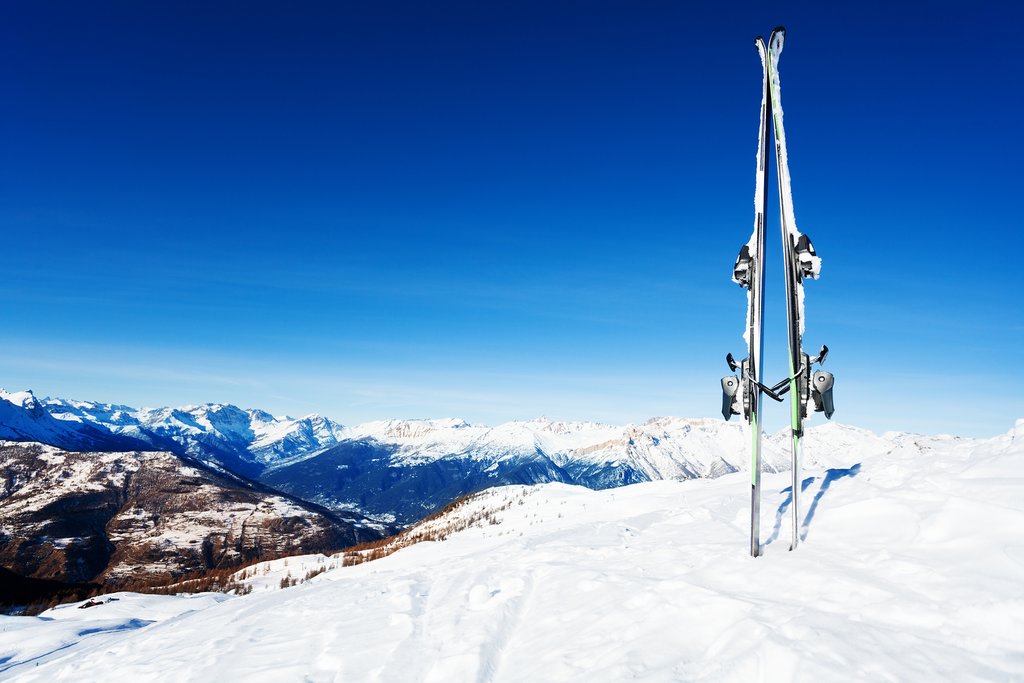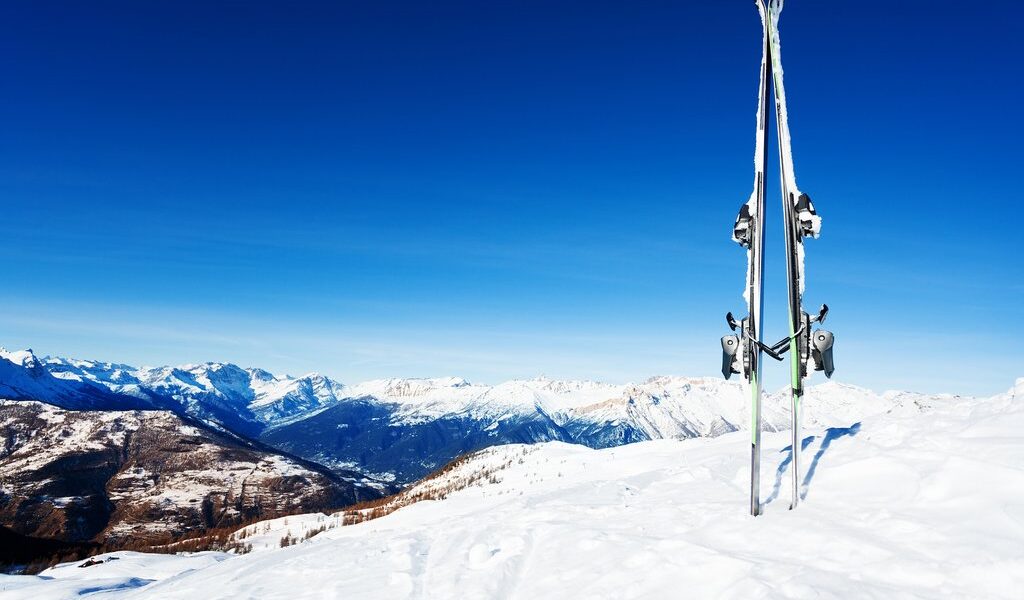
January signals the middle of winter in Italy. This is traditionally when gloomy weather hampers outdoor excursions to the nation’s famous coastal cities and beaches. However, winter-sports enthusiasts will find January to be a veritable playground of ideal skiing and snowboarding conditions. Even if you aren’t up for hitting the slopes, we can still point you to the best places to spend an Italian winter while enjoying two great benefits: fewer crowds and lower prices.
## Italy in January: A Comprehensive Guide to Weather, Activities, and More
Planning a trip to Italy in January? While it might not be the first month that springs to mind for an Italian getaway, January offers unique advantages and a different perspective on this captivating country. Let’s delve into what you can expect in terms of weather, crowds, costs, and the best places to visit during this time of year.
## Weather in Italy During January
It’s true that January in Italy presents a different climate compared to the sun-drenched summer months. Be prepared for more overcast skies than bright sunshine, and anticipate periods of drizzling rain. Even in **Rome**, the capital city, you can expect around four inches of rainfall throughout the month. If you’re basing yourself in **Rome**, the average temperature during this period hovers around 46°F/8°C. Pack accordingly with layers and waterproof outerwear.
When considering the diverse regions of Italy, temperature variations are significant. In the northern regions, temperatures frequently fluctuate between 25-45°F/-4°-7°C. Central Italy experiences a slightly milder climate, with temperatures ranging from 40-55°F/4-13°C. The southern part of the country generally enjoys the warmest conditions, with temperatures between 50-60°F/10-15°C.
However, there’s a silver lining for winter sports enthusiasts. The Italian mountains transform into a snowy paradise, providing ample opportunities for skiing and snowboarding. The abundance of snowfall in these areas ensures excellent conditions for winter activities.
## Crowds and Costs: The Benefits of Off-Season Travel
One of the most compelling reasons to visit Italy in January is the significant reduction in tourist crowds. You’ll encounter fewer queues and a more relaxed atmosphere at popular attractions. This translates to a more intimate and immersive experience. Furthermore, flights and hotels often offer significantly lower prices during this period. In many cases, hotel rates can be 50% cheaper, and in some instances, even up to 100% cheaper, compared to the peak seasons.
If you’re a budget-conscious traveler, it’s worth noting that some smaller, lower-end lodgings in smaller cities and towns might temporarily close for the low season. However, this is generally not the case in larger cities like **Rome**, where tourist activity remains relatively consistent throughout the year.
While Italy is rarely completely devoid of tourists, January offers a welcome respite from the summer throngs. While you won’t have the nation’s most famous sites entirely to yourself, you’ll enjoy refreshingly shorter lines at renowned attractions such as **Rome’s Colosseum**, the **Vatican Museum**, and the **Uffizi Museum** in **Florence**. This allows you to spend more time appreciating the art and history and less time waiting in line.
Conversely, if your primary focus is winter sports, be aware that popular ski destinations will be in high season. Hotels in areas like the **Dolomites** and **Alps** mountain ranges in the north will be charging peak prices, and it’s essential to make lodging reservations well in advance due to high demand. Booking ahead is crucial to secure your preferred accommodation in these sought-after locations.
## Where to Go in Italy in January
For winter sports aficionados, Italy boasts a plethora of world-class mountains and resorts. The **Dolomites** are home to **Cortina d’Ampezzo**, a UNESCO World Heritage Site and a celebrated ski haven for over 160 years. This picturesque town offers stunning scenery and excellent skiing conditions. Another notable resort village is **Madonna di Campiglio**, known for its diverse terrain areas and popularity among young snowboarders and fashionable Italians.
In the Alps, northwest of **Milan**, near the Swiss border, lies the **Val D’Aosta** region. Here you’ll find the charming town of **Breuil-Cervinia**, where you can ski against the dramatic backdrop of the iconic **Matterhorn**. Another gem in the Alps is the resort town of **Sestriere**, located in the Savoy Alps west of **Turin**, a popular winter sports destination. When traveling between these destinations, the train is often the most reliable mode of transportation. Fortunately, communication shouldn’t be a major concern, as many people throughout the country possess at least a basic understanding of English.
## Activities and Things to Do
The January weather might influence your choice of outdoor activities. For example, a canal ride in **Venice** or lounging on the beaches of **Capri** might not be as appealing during this time. However, these destinations still offer plenty to explore and enjoy. A scenic road trip along the **Amalfi Coast** is an excellent option, particularly for couples. The milder temperatures in this southwestern region allow you to appreciate the coastal beauty even if swimming isn’t feasible. Keep in mind that some hotels in the area may be closed for the low season, so if you plan to stay overnight, consider **Naples** as an alternative.
Alternatively, you can focus on indoor cultural experiences by visiting the numerous museums in cities like **Florence**, **Milan**, **Rome**, and **Venice**. The lighter crowds in January allow for a more personal and immersive exploration of the artworks and artifacts on display. Museums in Italy are typically open 363 days of the year, providing ample opportunities for cultural enrichment.
If you enjoy shopping, take advantage of Italy’s winter sales season, which begins in January. Look for “saldi” signs in store windows to find discounted prices on a wide range of goods. **Rome** and **Milan** are particularly excellent destinations for shopping during this time, offering a vast array of options. Don’t miss the opportunity to visit Italy’s famous Christmas markets, which often extend into early January. These markets showcase handicrafts, ceramics, Christmas pastries, sweets, roasted chestnuts, and mulled wine, creating a festive atmosphere.
## January Events in Italy
**Epiphany:** The Italian Christmas season concludes with the celebration of Epiphany, known as *La Festa dell’Epifania*, on January 6th. This day marks the end of the “12 days of Christmas” in Italy. Children eagerly anticipate the arrival of **La Befana**, an old witch who delivers gifts and sweets in their stockings.
By embracing the unique aspects of January in Italy, you can create a memorable and rewarding travel experience. From winter sports in the mountains to cultural explorations in the cities, Italy offers something for everyone, even in the heart of winter.
(Word Count: 1156)
B-1403

